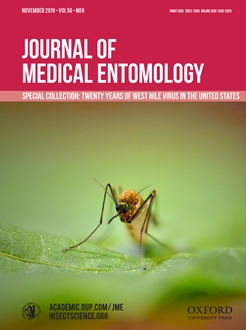Since West Nile virus (WNV) emerged in the United States in 1999, 22,999 neuroinvasive disease cases in humans were reported through 2017. These cases have arisen from an estimated seven million human infections. Population incidence is geographically heterogeneous and is highest in the West and Midwest. Upwards of 2% of the population in some jurisdictions may become infected during outbreaks. Before universal screening of the United States blood supply, this high infection incidence and that approximately 75% of those infected remain asymptomatic translated into a considerable risk of WNV transfusion transmission despite the short duration of viremia following infection. Universal blood donor screening has nearly eliminated the risk of WNV transfusion transmission, but at enormous cost. WNV transmission via transplanted organs carries extremely high morbidity and mortality. Improved vector surveillance and timely and effective response to surveillance data can reduce the impact of WNV and should remain public health priorities.
How to translate text using browser tools
24 September 2019
Epidemiology of West Nile Virus in the United States: Implications for Arbovirology and Public Health
Lyle R. Petersen
ACCESS THE FULL ARTICLE
It is not available for individual sale.
This article is only available to subscribers.
It is not available for individual sale.
It is not available for individual sale.

Journal of Medical Entomology
Vol. 56 • No. 6
September 2019
Vol. 56 • No. 6
September 2019
Blood transfusion
encephalitis
epidemiology
organ transplantation
West Nile virus




